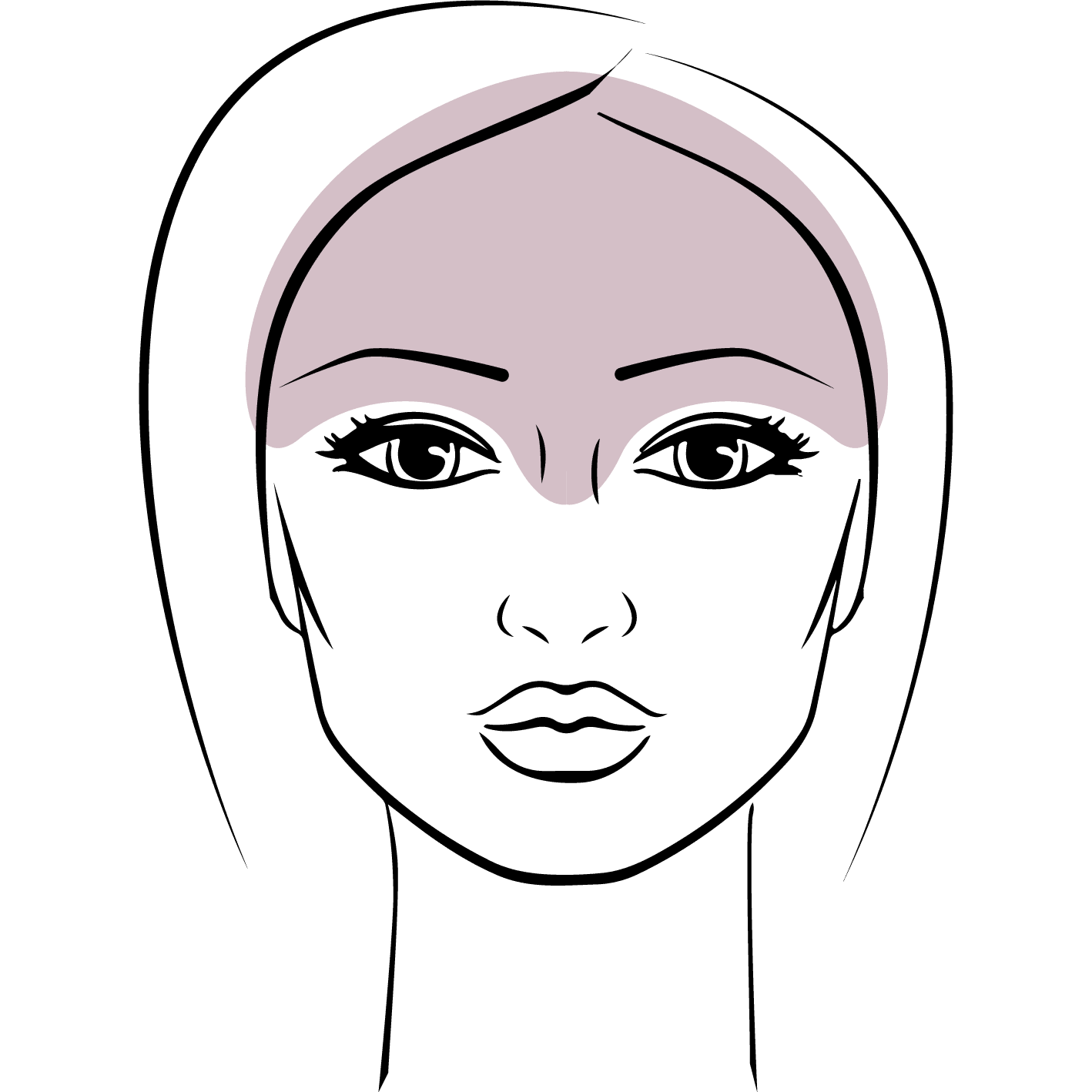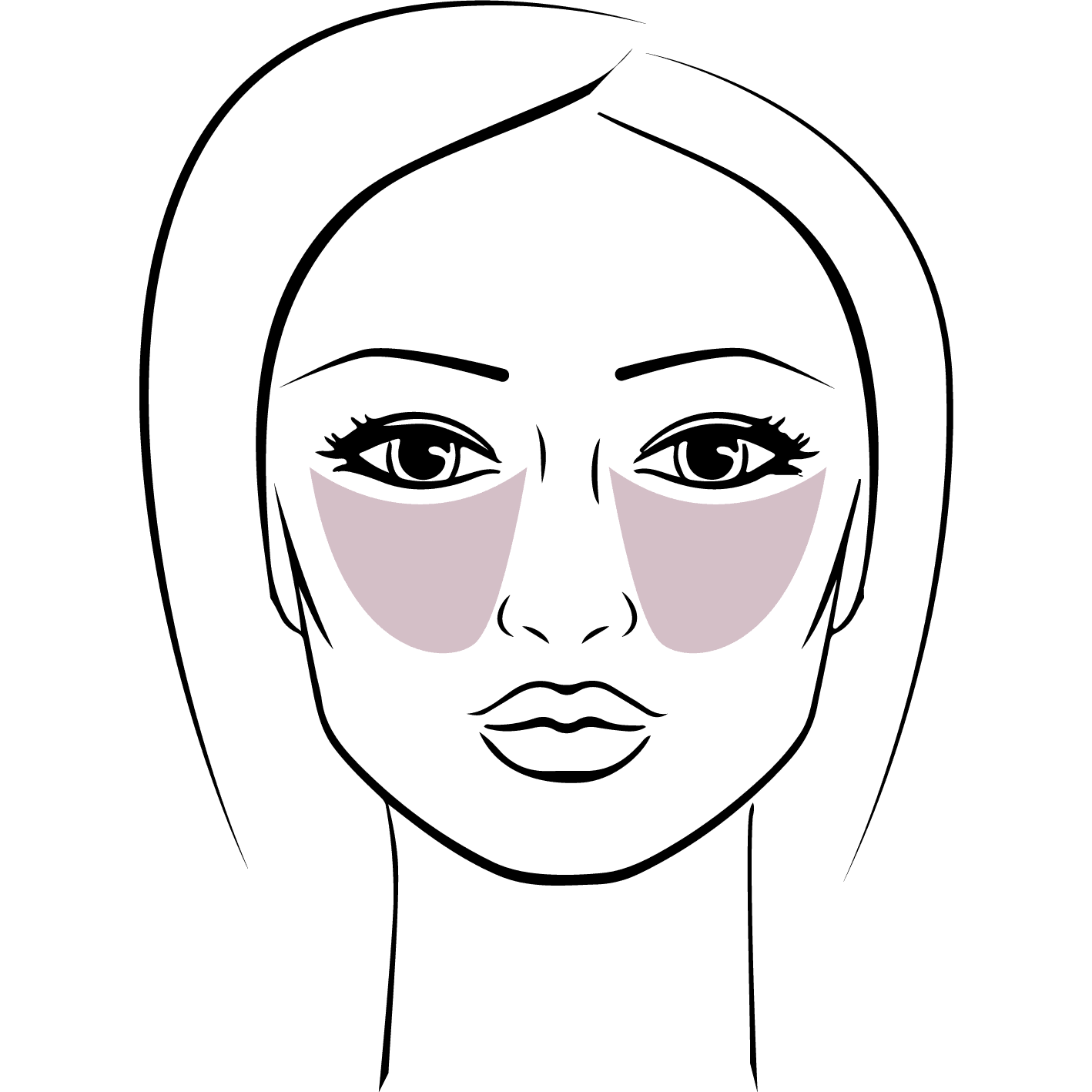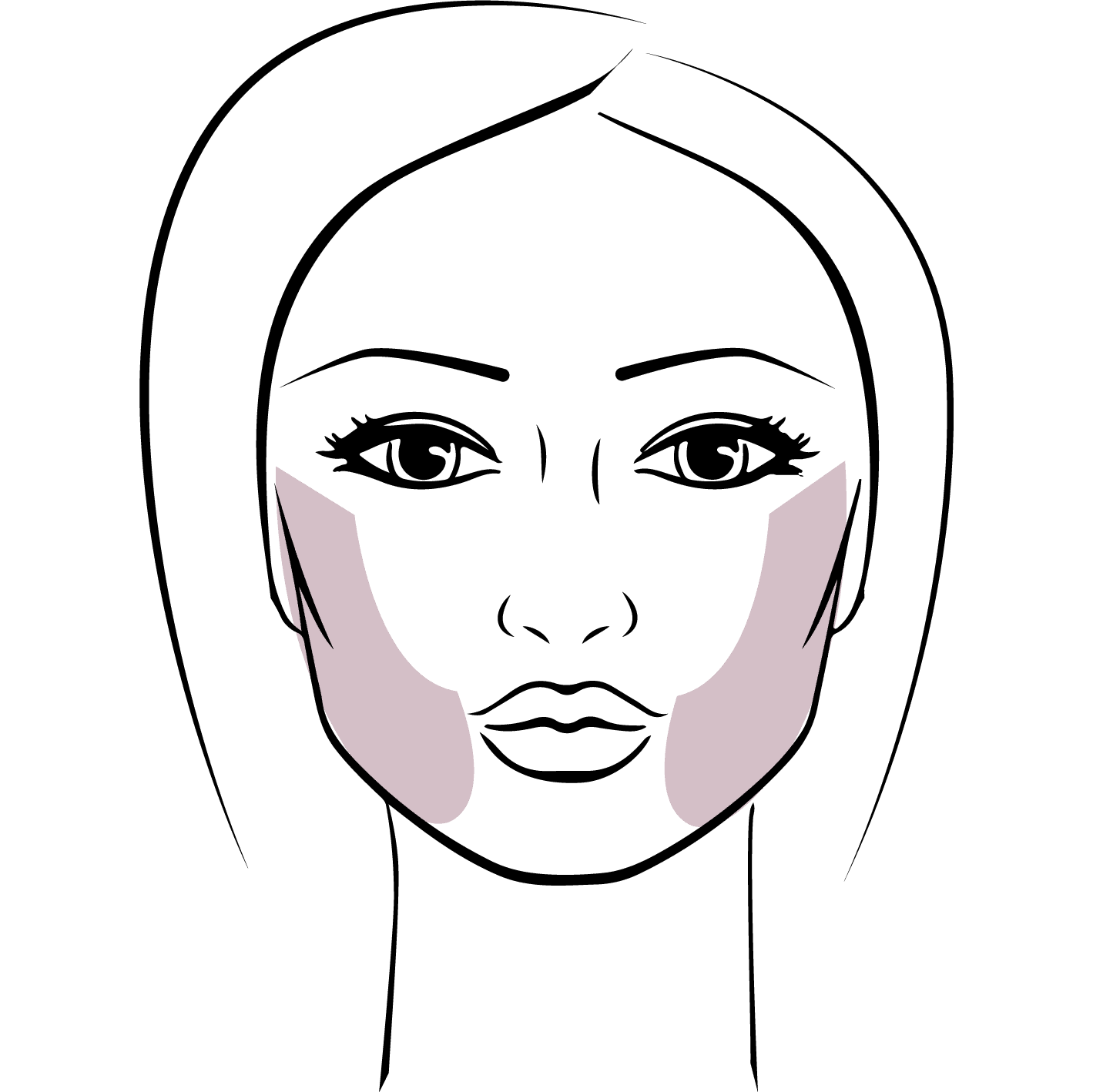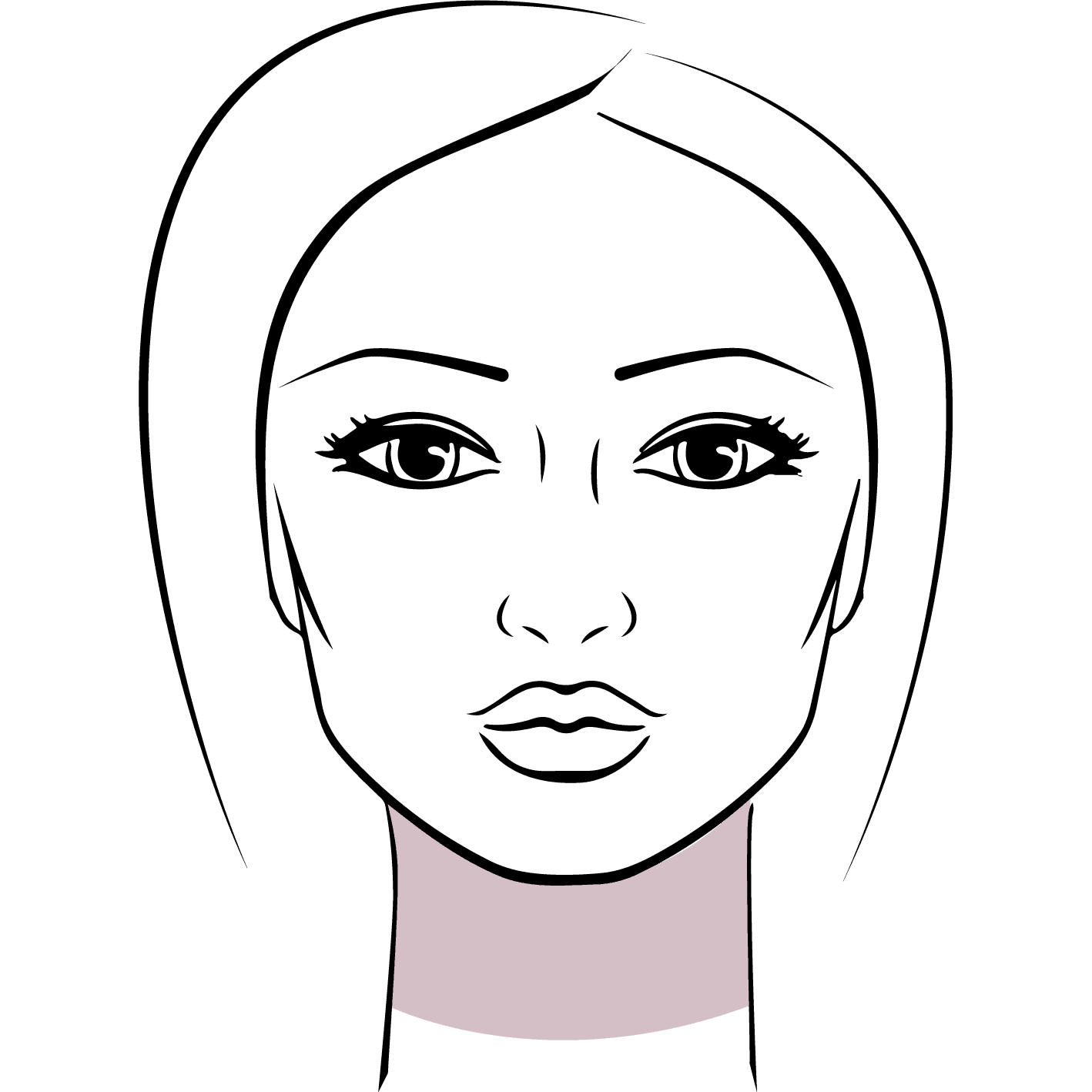Younger appearance through facelifting
The unstoppable aging processes affects all of us. There will be inevitably changes over the years which are especially noticeable in the face. Wrinkles, especially in the nasolabial area, which were barely noticeable at a young age deepen, the cheek area and the midface give way to gravity and the face looks tired and aged. The result is often a rather tired and pale face.
With age, volume decreases in the form of subcutaneous fat tissue. This fat gives the youthful face a pleasant fullness. In addition, the so-called retaining ligaments (resilient ligaments between bone and skin), which hold the various facial planes in place, become weaker over time. A further area is the head skeleton, it shrinks with time and the otherwise prominent areas such as cheek bones, jaw or eye sockets are visibly reduced.
A facelift can help to tighten these structures, create more volume in places where there is little and make the overall appearance look much younger.
A facelift addresses 4 different areas
Each of these areas can be treated individually or in combination. For example, some patients may have a smooth forehead but sagging cheek areas. Here a “standard” facelift operation would achieve an unnatural result. It is therefore particularly important to me to elaborate on your ideas and wishes during a detailed consultation. It is also always helpful if you bring a photo from your youth to use as orientation.
The aim of a facelift is to tighten the facial skin and the underlying tissue. The original condition of your skin is restored. The facelift gives your face a higher tension, which makes you look younger and more vital.
Forehead lift:
The forehead area or the so-called forehead lift is a face lifting method to freshen up the eyebrow and forehead area and remove wrinkles caused by sorrow or anger. The sagging of the forehead area makes us look increasingly old, tired and exhausted. A forehead lift can help us to have an open view, more freshness and youthfulness.
Midface:
The midface is a small area below the eyes and above the cheeks. If a premature aging process occurs here, the face looks tired and the eye area in particular can appear weak. It is possible to treat this area separately or in combination with a cheek lift.
Cheek lift:
The largest area in the face is the cheek. Skin parts hanging deep above the lower jaw can only be tightened with a cheek lift. The incision is made almost hidden on both sides of the face and behind the ears, so that a harmonious natural result is created.
Neck lift:
A sagging cheek area merges seamlessly into the neck area. If there is excess skin, this is usually noticed from the side. The otherwise rather acute angle between chin and neck of 90 degrees becomes therefore increasingly blunt and the face appears much older.
Each of these areas can be treated individually or in combination. It is therefore particularly important to me to respond to your ideas and wishes during a detailed consultation. It is also always helpful if you bring a photo from your youth to use as orientation. The aim of a facelift is to tighten the facial skin and the underlying tissue. The aim is to restore the original youthful condition of your skin. A facelift gives your face a higher tension, which makes you appear younger and more vital.
What happens during the consultation?
During the first visit, I’ll examine and take pictures of you. We will discuss your medical history and your desire for a facelift in detail. I would like to ask you to bring some photos from your youth so that I can better discuss your ideas and wishes with you. Since there are several areas to consider during a facelift, I will discuss these with you in detail and answer your questions.
What’s the next step?
If you are interested in a facelifting, you can arrange a consultation appointment at any time. This can be done by telephone or online.
Personal consultation
If you decide to undergo surgery it is important that you are well informed. Even if surgery is a frequently routine in my office I am aware that my patients might undergo surgery only once a lifetime. I will inform you in detail about necessary precautions before your planned surgery and all pros and cons. You will have the possibility to see before and after pictures similar procedures to let you know what to expect. During the examination and documentation you can communicate your ideas and wishes so we can find a perfect solution.
Frequently asked questions
How do you know how much skin to lift?
It is important to have a detailed consultation before the operation. I will fulfil your wishes for a firm facial contour and wrinkle-free skin as long as it is guaranteed that the result looks natural. Achieving a maximum lifting of the skin without taking into account whether the result looks natural is out of the question.
Will I have visible scars?
Yes, initially the scars will be particularly visible in front of the ear and in the temple area. Especially in the temple area, it is necessary to operate into the existing hairline; however, a special technique is used to ensure that the hair moves through the resulting scar and hides it if it is long enough. The scar on the front of the ear will fade shortly after the suture is removed. I always make sure that the edges of the wound connect without tension, so that no tensile forces on the scar negatively influence the result.
Can the facelift be combined with other operations?
A complete facelift with treatment of all 4 areas is a complex operation and takes 5 hours in extreme cases. I would like to combine additional smaller operations such as eyelid corrections with this procedure, but I would rather advise against having larger operations performed simultaneously.
Do I have to go to a hospital for this procedure?
No, I’m doing a facelift in a private surgery above the ordination. Here you have the opportunity to recover in your own room after the procedure. Many patients also use the possibility to stay overnight, so that you have a 24h monitoring. One of our surgical nurses will stay in a room close to you and provide round-the-clock care.
Do I have any bandages or drainages?
Yes, it is necessary to apply a head bandage and protect the surgical wounds. In addition, I use drainages to ensure that any bleeding is detected early. The drainages are pulled out on the first day after the operation, so that you can go home without worries after the first change of bandages.
What complications can occur?
In a facelift operation, the skin and subcutaneous fat tissue is lifted over a large area, creating a “relatively” large wound area. Bleeding can occur especially within the first 24 hours after the operation. For this reason, I use drainages and recommend 24h monitoring on site by our nursing staff. Bleeding is extremely rare, but if it does occur it should be possible to intervene quickly. Another possible complication is the so-called “pixie-ears” where the earlobe moves “down” due to excessive tension of the skin suture and creates an elf-like appearance. To avoid this, I use a special suturing technique to achieve a tension-free skin closure that gives enough hold even after months to prevent the earlobe from sinking down.
Under the skin and the subcutaneous fat tissue is the mimic facial musculature and the nerve fibres of the facial nerve that supply it. These nerve fibres are numerous and often difficult to see with the naked eye. There are often anatomical standard variations and therefore nerve damage can occur during preparation. By using magnifying glasses during careful preparation, the risk is significantly minimized. Pressure-related damage to the nerves is self-limiting and not permanent. This can manifest itself in temporary movement restrictions of the mimic facial musculature.
For whom is a facelift suitable?
This cannot be said in general terms, as each patient is unique in his or her anatomy. In a personal consultation, I can assess the aging process of your face with you and offer you non-surgical rejuvenating alternatives if a facelift is not the right choice for you.
How long will I fall out?
Usually my patients stay 24 hours for monitoring before they go home. Your body will need a few days to recover from this procedure and especially from anesthesia. It is normal that you feel a little weak and powerless at first. Immediately after the operation you will be given a check-up appointment for wound assessment. Here I will give you more tips on what you should pay attention to, such as sleeping with a raised upper body or not doing any activities where you are upside down.
Wound healing takes about 10-14 days. During this time you wear a bandage to protect the wounds until the suture material is removed. Afterwards you will be bandage-free but I recommend that you avoid sports and strenuous activities in which you stand upside down. Especially in the first 4-5 weeks after the operation you should pay attention to this. Non-physical work is there is unrestrictedly feasible in this time.
Is the operation performed under anaesthesia?
If desired, a facelift can be performed under general anesthetic. However, experience shows that this is not necessary. Although this operation can take up to 5 hours, it can be performed under sedation (twilight sleep) without any problems. A twilight sleep is less stressful than a general anaesthetic.
What does a facelift cost?
The costs for a facelift start at 6000€. However, they are individual, as the operative effort and the operating time increase significantly depending on the area.




